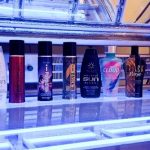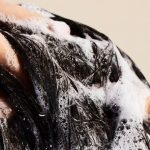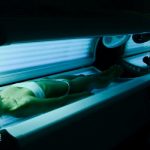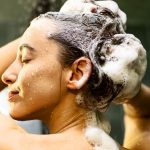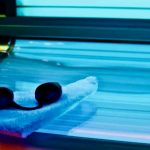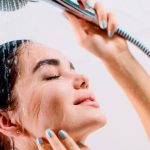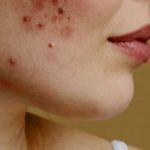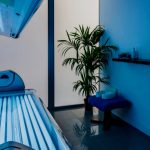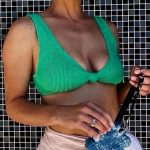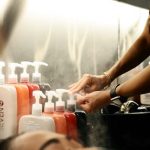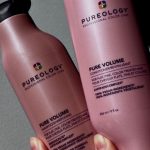Indoor tanning can be a popular choice for achieving a sun-kissed glow, but it’s crucial to prioritize safety, starting with understanding your skin type. Not all skin types react the same way to UV exposure, and being aware of your skin’s characteristics can help you make informed decisions to minimize risks. One widely used scale for assessing skin type is the Fitzpatrick scale.
The Fitzpatrick Scale: Understanding Your Skin Type
The Fitzpatrick scale, developed by dermatologist Thomas Fitzpatrick, categorizes skin into six types based on its response to sun exposure. Each type indicates the skin’s sensitivity, susceptibility to sunburn, and tanning ability.
Type I (Very Light Skin)
Always burns, never tans. Individuals with light skin, often red or blonde hair, and blue or green eyes fall into this category. They are highly susceptible to sunburn and should exercise extreme caution with UV exposure.
Type II (Light Skin)
Burns easily, tans minimally. People with light skin, typically with blonde or light brown hair and blue, green, or hazel eyes, belong to this category. While they can tan to some extent, they should still be cautious about sun exposure.
Type III (Light to Moderate Skin)
Burns moderately, tans gradually. Individuals with light to moderately pigmented skin, usually with light or medium brown hair and green or brown eyes, are classified as Type III. They tan more easily than Types I and II, but they should still take precautions.
Type IV (Moderate Skin)
Burns minimally, tans well. People with moderately pigmented skin, often dark brown hair and brown eyes, fall into this category. They have a lower risk of sunburn and can develop a tan with moderate sun exposure.
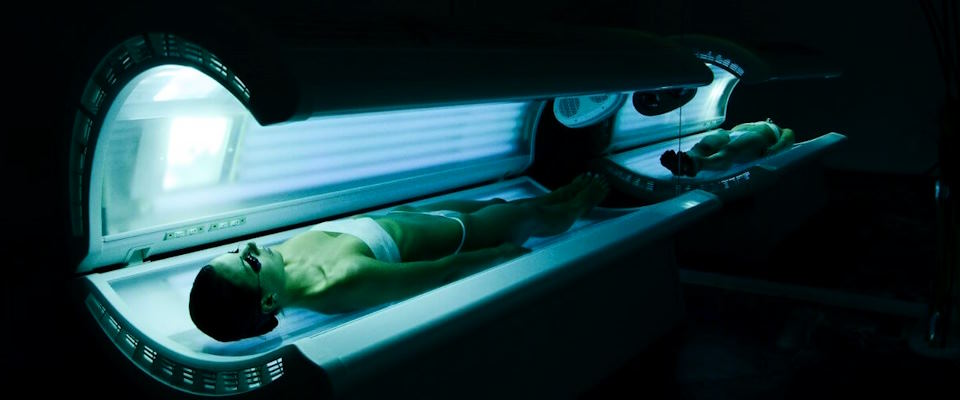
Type V (Dark Skin)
Rarely burns, tans profusely. Individuals with darkly pigmented skin, commonly with dark brown or black hair and brown eyes, belong to this category. They have a lower risk of sunburn and can tan easily.
Type VI (Very Dark Skin)
Never burns, tans deeply. People with very darkly pigmented skin, often black hair and dark brown eyes, are classified as Type VI. They rarely experience sunburn and tan deeply.
Indoor Tanning Considerations Based on Skin Type
High Risk (Types I and II)
Individuals with very light or light skin are at a higher risk of sunburn. Indoor tanning may not be advisable, or if attempted, it should be done with extreme caution and minimal exposure.
Moderate Risk (Types III and IV)
Those with light to moderate skin can tan but should still exercise caution. Gradual exposure and protective measures like sunscreen and eye protection are crucial.
Lower Risk (Types V and VI)
Individuals with darker skin have a lower risk of sunburn, but caution is still necessary. Indoor tanning sessions should be gradual, and protective measures should be considered.

